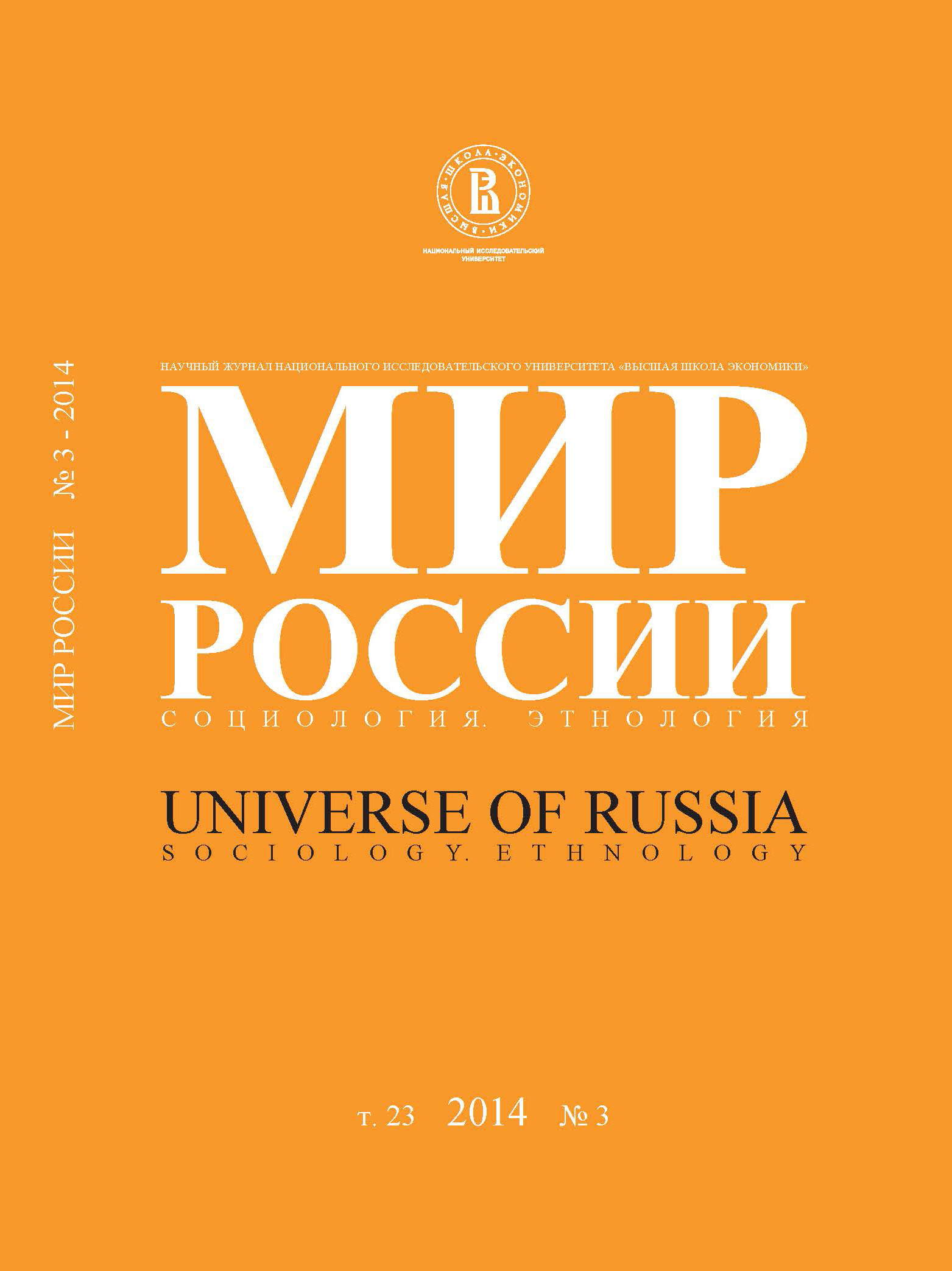Between ‘Real Socialism’ and ‘Oriental Despotism’: the Labyrinths of Institutional Economic Development in Soviet Russia
Abstract
Rustem Nureev — Head of the Department of Macroeconomics, Financial University under the Government of the Russian Federation. Address: 49, Leningradsky Ave., Moscow, 125999, Russian Federation. E-mail: Nureev50@gmail.com
Yuri Latov — Leading Researcher, Management Academy of the Ministry of Internal Affairs in the Russian Federation. Address: 8, Z. and A. Kosmodemyanskikh St., Moscow, 125171, Russian Federation. E-mail: latov@mail.ru
This article presents an institutional approach to understanding the course of social and economic development of the Russian civilization in its Soviet period, particularly by regarding this course as a specific case of catch-up development. Between 1917 and 1999 Russia was going through a counter-modernization period, during which it was attempting to solve problems similar to those faced by other emerging economies of the so called “third world”. However, Russia’s attempts were distinct in the sense that they relied on fundamentally different principles, i.e. the institutions of “power-property”. The communist ideology played an important, yet not such a decisive role in strengthening these principles. It would be more correct to claim that the ideology was perfectly chosen to match the real opportunities and circumstances which Russia was
facing at that time.
Throughout its Soviet history, Russia went through a number of bifurcation points, at which it became apparent that the “rules of the game” needed to be changed substantively. The first such point occurred during the Russian Civil War, when the confrontation of three socio-economic systems — the “Red” military communism, the “White” military capitalism and the “Green” model — eventually ended up discrediting each of them. The hybrid New Economic Policy adopted in Soviet Russia in response
to this defeat was more or less successful in recovering the economy after the war, but it was insufficient to launch the new “Big Push”.
The second bifurcation point fell in the late 1920s, when five main paradigms of economic development competed between each other in Soviet Russia, and several elements each these paradigms were implemented in practice. Eventually, a peculiar mixture of neoclassical and traditional institutional approaches to national catch-up development was adopted. The idea of intentional reallocation of resources from the traditional agricultural sector into modern industries by relying on methods of non-economic coercion in the 1930s anticipated many similar ideas promoted by neoclassical economists in the 1950-1960s. The administrative-command system which was established during the “Great Break” succeeded in industrializing the Russian economy, albeit with low efficiency. However, the post-industrial modernization was practically impossible under such a model, as it required flexible administration and free labor force.
The third bifurcation point was a clash of the three alternatives — the idea of a self-sufficient command economy (a post-Stalinist course), the idea of a mixed economy (Kosygin’s reforms) and the option of a command economy fulfilling the role of a mere supplier of raw materials to the capitalist world-economy (the course of the “stagnant” Brezhnev regime).
There were a number of attempts to introduce the elements of market economy during the 1950-1960s, but these proved to be quite unsuccessful. The reason for their failure can be explained by the expansion of various rent-seeking practices, which spread with growing exports of gas and oil (as well as other natural resources) and increasing the privileges for higher state cadres. Owing to its inherent features, in the last years of its existence the Soviet economy locked itself into several institutional traps: its imperfect capacity to plan and control has led to the substituting of strategic goals with short-term
objectives, and the strengthening of the bond between power and property led to even further alienation of many common Soviet citizens from elites. Thus, the authors argue that it was this growing misunderstanding of the need to transform into a post-industrial economy and the arrogance of the Soviet political elites which led to the collapse of the Soviet economic model. The line of reasoning presented in the article draws on the works of several noted social scholars and sovietologists, such as G. Hanin, R. Allen, G. Popov, A. Markiewicz, Yu. Ol’sevich, P. Gregory, and others.






